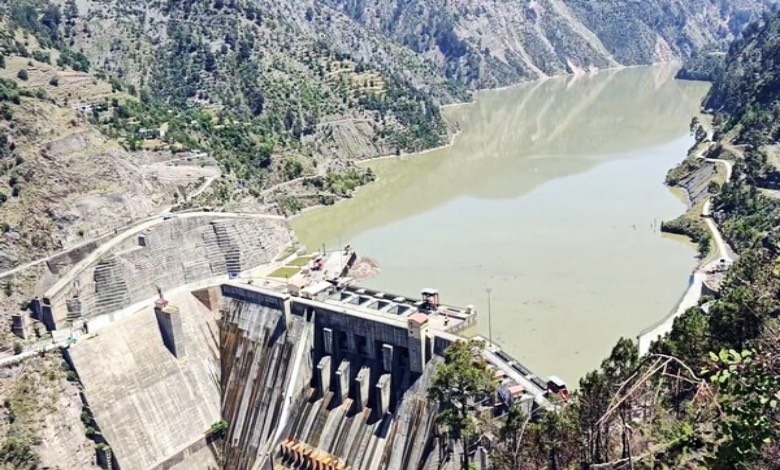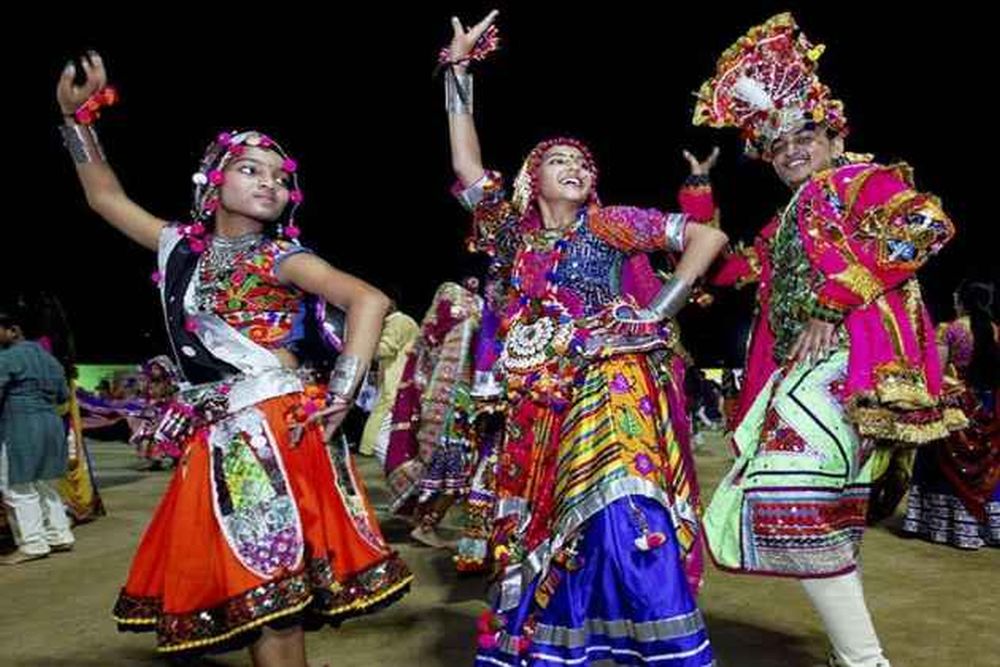India and Pakistan in Hydroelectric Showdown Over Kashmir Projects
By: Javid Amin | Srinagar | 28 June 2025
In a significant development with major geopolitical and legal implications, India has rejected a recent decision by the Permanent Court of Arbitration (PCA) in The Hague that concerns two major hydroelectric projects in Jammu and Kashmir—the Kishenganga and Ratle dams. The Ministry of External Affairs (MEA) issued a strong-worded statement condemning the ruling as a “so-called supplemental award” delivered by an “illegally constituted court,” asserting that the arbitration violated the spirit and structure of the Indus Waters Treaty (IWT).
This is the latest chapter in a long-standing dispute between India and Pakistan over water rights, control of river flows, and the interpretation of treaty terms signed more than six decades ago.
What India Said: MEA Slams PCA and Reiterates Treaty Position
In a statement released by the MEA, the Indian government categorically denied the legitimacy of the arbitral tribunal.
“India does not recognize the jurisdiction of this so-called Court of Arbitration,” said the official statement. “Its constitution itself is in violation of the dispute redressal mechanisms laid down under the Indus Waters Treaty.”
The MEA further described the arbitration as a “charade at Pakistan’s behest” and accused Islamabad of trying to internationalize bilateral issues while using terrorism as a tool of state policy.
The Hydroelectric Projects in Question: Kishenganga and Ratle
The PCA ruling centers around two key hydroelectric projects:
Kishenganga Project
- Capacity: 330 MW
- River: Jhelum
- Location: Bandipora district, Kashmir
- India’s Position: A run-of-the-river project that complies with IWT guidelines
- Pakistan’s Objection: Alleged violation of IWT, arguing that it affects downstream flow
Ratle Hydroelectric Project
- Capacity: 850 MW
- River: Chenab
- Location: Kishtwar district, Jammu
- India’s Position: Also a run-of-the-river project, built to maximize hydropower within treaty constraints
- Pakistan’s Claim: Obstruction of natural water flow, harm to agriculture and water supply in Pakistani Punjab
What Is the Indus Waters Treaty (IWT)?
Signed in 1960 with World Bank mediation, the IWT is considered one of the most successful water-sharing agreements globally. It allocates:
- Eastern rivers (Ravi, Beas, Sutlej) to India
- Western rivers (Indus, Jhelum, Chenab) to Pakistan, with limited usage allowed to India (like run-of-the-river projects)
The IWT also includes mechanisms for dispute resolution:
- Bilateral talks
- Neutral Expert
- Court of Arbitration (only after the above fail)
India contends that these procedures were not exhausted before Pakistan unilaterally escalated the issue to international arbitration.
India’s Diplomatic Stand: Treaty Obligations Suspended Post-Terror Attack
The MEA added another layer to the dispute, linking the PCA ruling to the April 22 Pahalgam terror attack in which 26 people were killed.
“The Indus Waters Treaty has been rendered inoperative until Pakistan credibly demonstrates a break from cross-border terrorism,” the statement said.
This move represents a major policy shift, suggesting that India could further restrict or pause treaty-related cooperation until significant action is taken by Pakistan.
Legal vs Political: Is the PCA Decision Binding?
Technically, rulings from the PCA are considered binding on parties that have agreed to arbitration. However, since India never accepted the PCA’s jurisdiction, it is not bound by its rulings under international law, at least from India’s perspective.
Legal scholars are divided:
- Supporters of India’s stance argue the PCA exceeded its authority.
- Critics say India risks undermining international norms.
This creates a gray zone of international legal interpretation.
Pakistan’s Response: Victory or Propaganda?
For Islamabad, the PCA ruling is being hailed as a moral and legal victory. However, critics argue that Pakistan continues to exploit legal channels to distract from its internal governance failures and its global image as a hub for terrorism.
“Pakistan uses international legal forums not for resolution, but for narrative building,” said a former Indian diplomat.
Strategic and Security Dimensions
The Kishenganga and Ratle projects are not just about electricity—they are about strategic control over resources in a conflict-prone region. Hydroelectric power is a lifeline for Kashmir’s development, and control over water resources remains a high-stakes game in India-Pakistan relations.
- Kishenganga strengthens power supply in North Kashmir
- Ratle boosts energy independence in Jammu
Both are crucial to India’s energy security, especially in a region grappling with developmental challenges and ecological fragility.
Environmental and Economic Impact
India asserts these projects are built with environmental safeguards, and generate clean, renewable energy.
- The projects will reduce carbon footprint
- Provide employment opportunities
- Improve infrastructure in remote areas
Pakistan’s objections are seen by many as an attempt to stall India’s progress in the region under the guise of environmental or treaty-related concerns.
Bottom-Line: High Stakes Diplomacy, High Voltage Projects
India’s strong rejection of the PCA ruling underscores the fragility of the Indus Waters Treaty in a post-terrorism context. As water becomes a key geopolitical tool in South Asia, the Kishenganga and Ratle projects will likely remain symbols of sovereignty, development, and strategic assertion.
While Pakistan may seek to internationalize the dispute, India is making it clear: Hydropower decisions in Kashmir will be guided by national interest, not international coercion.



